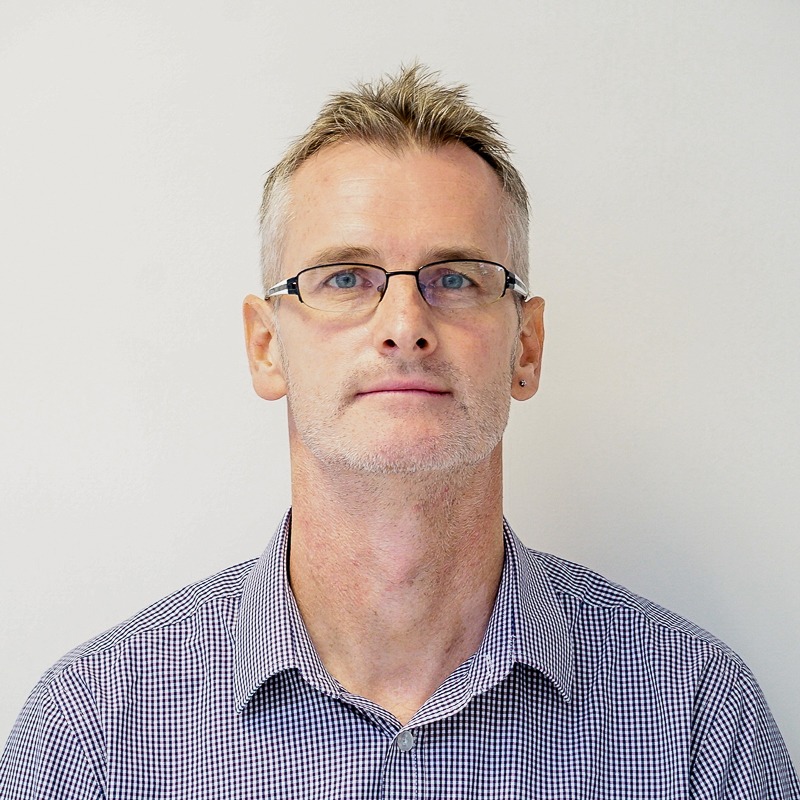Huawei advocates 'first safe then smart' approach to digitalisation
Huawei advocates 'first safe then smart' approach to digitalisation
The idea of a smart city, one characterised by the internetworking of systems and collaborative ICT, is beginning to dominate discussions at government level. The idea to centralise real-time control of utilities, law enforcement and other social services through unified communications is perceived by the market to be an enabler and strategic driver, and key to the digital agendas of governments.
Edwin Diender, Vice President, Government & Public Utility Sector of the Enterprise Business Group at Huawei Technologies, explains that the most pressing challenge is what then to do and, most importantly, what to do first.
To address this, the company is pitching its 'first safe then smart' program.
"What that means is that if you would consider a smart city to be a platform that is able to take or to connect different programs together and devise initiatives to make a nation or city smarter, you could say maybe the first step would be on public safety. If a region was safe and secure, people want to live there, they want their children to grow up, they need elderly support, need a good healthcare system, etc.," says Diender.
"If a region, on the other hand, is not safe and not secure, people are prone to leave, so we believe it then makes sense for governments to invest in higher global broadband services, with the emphasis on public safety, first," he adds.
The principle behind First Safe Then Smart is to focus on public-safety wide, so all elements underneath public safety and within that is what Huawei calls Safe City.
The company defines Safe City as a number of initiatives that together make cities safer, which makes these cities better to live in, socially connected and for connected citizens.
Smart city is the next step in the process and under this umbrella, Huawei has positioned various solutions to address transportation, waste management, lighting and equal division of power across rural areas, among any other area of smart service delivery.
Diender emphasises Huawei's position as an innovation partner to governments looking to take on board the smart city concept. The company believes a mutual understanding to advance regions and its people is the primary prerequisite behind knowing what solutions to deploy, when, where, how and why.
"The digitalisation process that the government or a government body already has in place can then be utilised and set against their agenda to function as a benchmark. That is the KPI for this," Diender.
The Huawei executive speaks of the value of solution implementation and return on investment, and stresses that from an economic point of view, it doesn't matter whether or not a country is developed – what matters is whether there is a government in place that prioritises citizenship, that wants to boost employability and unlock the local economy and potential, and have a positive effect on GDP.
Smart solution deployment takes place within under-developed and developed areas. "As long as there is an initiative, we are able to create a mutual understanding to deploy industry-wide solutions that make a region safer, that allow citizens to be in control, and allows them to use services that are provisioned in a more effective manner, or 'smart' if you will. Central Eastern Europe is just as interesting a region as it is with North America, South America, or the Middle East for that matter ... or South Africa versus North Africa or Central Africa," Diender continues.
In regions where there is an obvious lack of overall political will or limited service delivery, Diender says Huawei approaches this from the bottom up.
The strategy is to engage at local/ provincial level, deliver the service and demonstrate the value, which then filters through to higher echelons of government.
As to the levels of interest in- and adoption of smart city-related technology in Africa, Diender says there is definite progress and success, and from a citizenship point of view there is great satisfaction in what smart city infrastructure can do.
